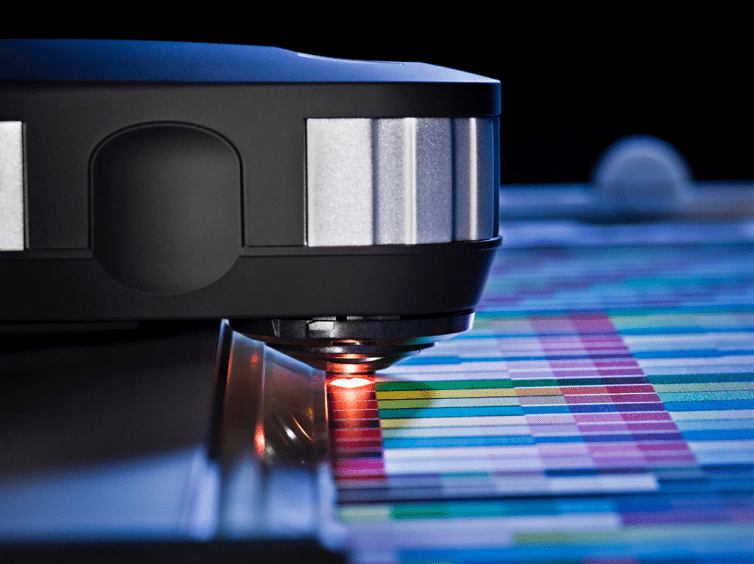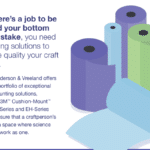Economical Steps to Improve Your Prepress Production
I just finished reading a great article in Flexo magazine about “The Open Prepress Concept” and how minor improvements can significantly improve production. This article was written by Bret Farrah, executive vice president of Xitron and a 34-year industry veteran.
Bret notes that it’s easy to become overwhelmed with new technologies and advancements affecting flexo prepress, especially when it comes to “system connectivity”. Front-to-back integration of web storefronts, MIS/ERP, automated workflows, and output systems can cost a fortune, putting the benefits far out of reach for many flexo printers, especially smaller ones.
Economical options are available that can increase throughput and reduce labor by as much as 25 percent to 30 percent. You don’t have to buy proprietary, single-vendor prepress software such as RIPs and workflows tailored for your operation. The expense can be prohibitive and your return on investment out of sight.
An economic alternative may involve solutions from several vendors offering products that use collaborative architecture allowing for seamless integration. These products are competing for your business so they are cost-competitive as opposed to the single developer model.
Flexo printers should determine which touchpoints in their production cycle have the most impact on throughout and evaluate the cost of improving them. For example, manual trapping of individual objects is extremely time-consuming. In-RIP trapping works for commercial printing, however, it falls short in flexo because global settings do not allow for individual object control. This means a prepress operator can spend 20-plus percent of their time manually applying different stroke thicknesses to objects in an Adobe Illustrator job. Step and repeat requirements are also time-consuming.
One solution to these and other issues is an Illustrator plug-in designed to add flexo-specific functions (vector-based trapping, fully automated step-and-repeat, dynamic bleed control, nesting, and ink remapping) to the application. Most prepress operators are already familiar with Illustrator so they are well up on the learning curve, although there are a lot of plug-in options to evaluate.
The same open prepress concept applies to RIP and workflow. As long as the RIP can output the file format you require, you can choose the RIP and workflow that meets your needs and budget.
If you are planning to transition any work to digital systems, like high-speed ink-jet presses, thought should be given to prepress independence. A prepress independent workflow seamlessly integrates traditional and digital devices, typically at a lower cost than a proprietary upgrade.
These are just some highlights of Bret Farrah’s article in the July, 2015 issue of Flexo magazine. By making minor improvements to two or three areas of your prepress you can save 25-to-30 percent of an operator’s time. That’s a significant improvement in throughput and labor. Incorporating alternative workflows, RIPs, and application tools can greatly reduce the cost of making these improvements.




